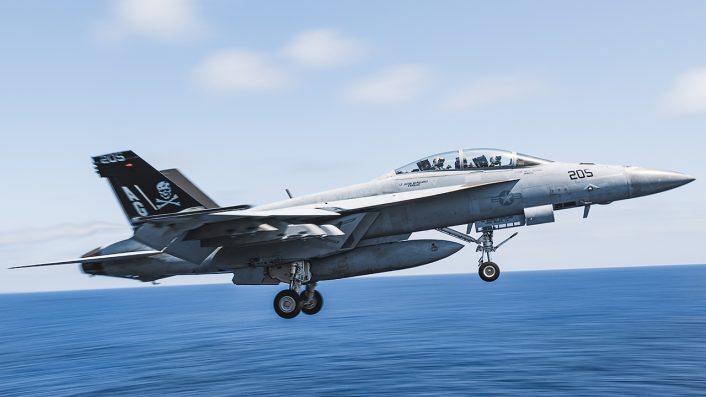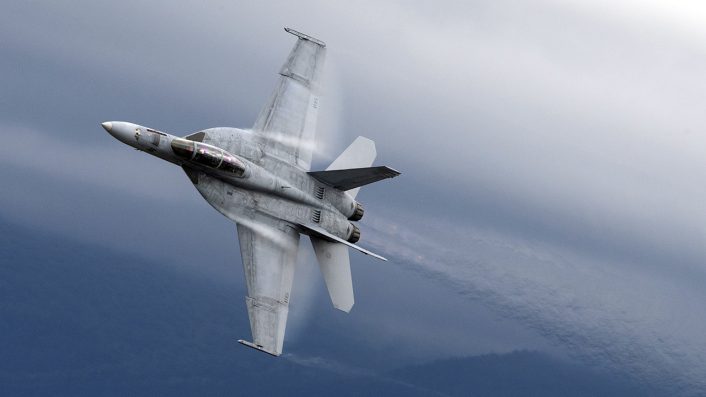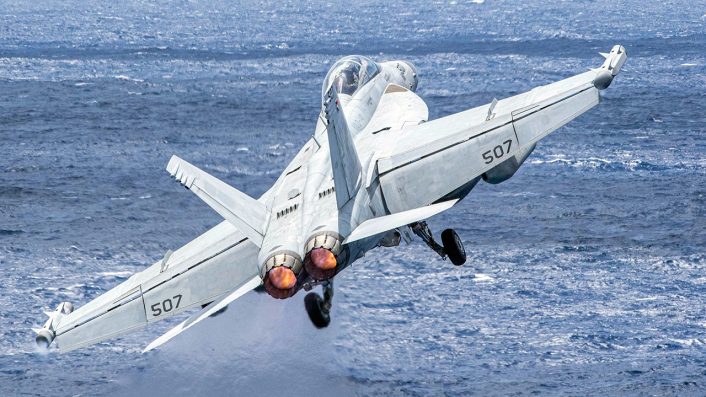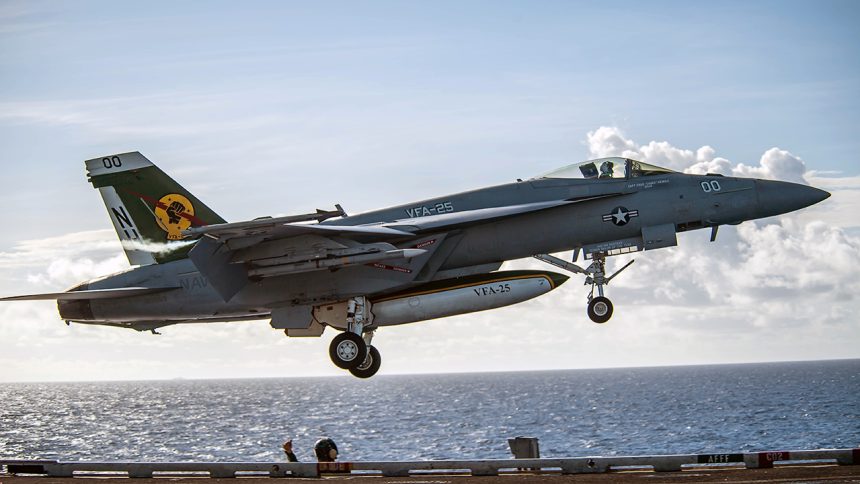The contracts are for the sustainment of spares and repairs crucial for the F/A-18 aircraft’s flight control surfaces (FCS).
Logisticians and contracting professionals from NAVSUP (Naval Supply Systems Command) Weapon Systems Support’s F/A-18 Integrated Weapon System Team and N79 Aviation Contracts Team recently joined forces to achieve a significant milestone in military procurement. They successfully coordinated the awarding of supply contracts worth a combined $420 million. These contracts are specifically earmarked for the sustainment of spares and repairs essential for the flight control surfaces (FCS) of the F/A-18 aircraft.
The F/A-18E/F Super Hornet and its variant, the EA-18G Growler, are critical assets within the Navy’s aviation arsenal, as they carry out a wide array of missions, including air superiority, strike missions, electronic warfare, and reconnaissance. Flight control surfaces are critical components of a combat aircraft, enabling it to maneuver and maintain stability during flight. The flight control surfaces of the Super Hornet include:
- Ailerons: Located on the outer wings, they control the aircraft’s in roll.
- Leading-Edge Flaps (LEFs): These are located on the leading edge of the wings
- Trailing-Edge Flaps (TEFs): Located on the trailing edge of the wings
- Horizontal Stabilators: These control the pitch of the aircraft and can move independently to assist with roll control as well.
- Rudders: Located on the vertical stabilizers, they control the aircraft’s yaw and play also a role in pitch: since the vertical fins are angled outwards, during take off roll, deflecting both rudders inwards gives a downward component of lift, which acts behind the centre of gravity, generating a pitch-up momentum that assists the elevators.
Flight control surfaces of fighter aircraft are subject to fatigue: over time, repeated stress from aerodynamic forces, high-speed maneuvers, and varying loads can lead to fatigue in these critical components. This can result in cracks, deformation, or other structural issues that compromise the aircraft’s performance and safety. Regular inspections, maintenance, repairs and replacements are essential to ensure that the flight control surfaces remain functional and reliable, preventing any potential failures during flight operations.

“The scope and timing of the flight control surfaces contract awards is vital to aviation readiness. This is going to pave the way for future warfighting to defend our nation and partner countries,” emphasized Capt. Abdul Ceville, NAVSUP WSS director of contracts, in a public statement. He highlighted the collaborative efforts of the F/A-18 Integrated Weapon System Team and N79 Aviation Contracts Team, underscoring their unified approach in ensuring timely and effective execution.
These contracts encompass both the procurement of spare parts and the repair services crucial to maintaining the operational readiness of the FCS within the Naval Aviation Enterprise. The agreements extend through fiscal year 2028, providing stability in both financial planning and operational preparedness over the long term.
Achieving these milestones involved intricate negotiations and close collaboration among NAVSUP WSS teams, Program Executive Office for Tactical Aircraft (PEO(T)), PMA-265, and Boeing. Together, they mitigated complexities to ensure that the contracts covered 20 individual National Item Identification Numbers (NIINs), comprising nine spares and 11 repairs. These efforts are pivotal in supporting not only the U.S. Navy’s F/A-18 Super Hornet fleet but also meeting commitments under Foreign Military Sales agreements, particularly with Australia.

Throughout the procurement process, the NAVSUP WSS teams faced unique challenges, including stringent timelines aimed at bolstering aviation readiness amidst heightened operational demands. Concurrently, they managed the impact of significant industry developments, such as Boeing’s acquisition of GKN Aerospace, a key supplier involved in the contracts. The closure of this acquisition necessitated swift action to secure long lead-time materials critical for maintaining uninterrupted supply chain operations.
Capt. Andrew Henwood, NAVSUP WSS director of aviation operations, acknowledged the pivotal role played by the Navy’s workforce in ensuring mission success. He underscored the expertise and dedication of NAVSUP WSS logisticians and contracting professionals, emphasizing their ability to effectively collaborate and execute complex procurement awards under challenging circumstances.
According to the Navy, the successful conclusion of these contracts not only reinforces the naval service’s commitment to operational readiness but also strengthens partnerships with allied nations reliant on the Super Hornet platform.










